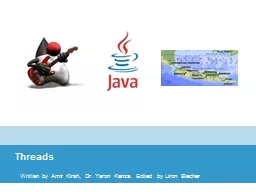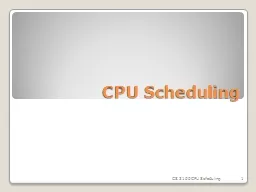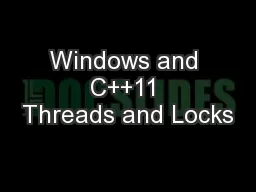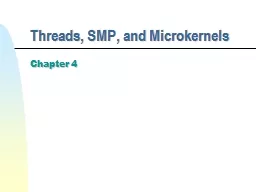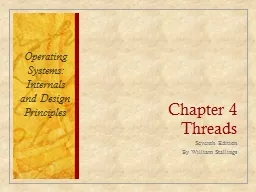PPT-Scheduling Main Points Scheduling policy: what to do next, when there are multiple threads
Author : articlesnote | Published Date : 2020-06-19
Or multiple packets to send or web requests to serve or Definitions response time throughput predictability Uniprocessor policies FIFO round robin optimal multilevel
Presentation Embed Code
Download Presentation
Download Presentation The PPT/PDF document "Scheduling Main Points Scheduling policy..." is the property of its rightful owner. Permission is granted to download and print the materials on this website for personal, non-commercial use only, and to display it on your personal computer provided you do not modify the materials and that you retain all copyright notices contained in the materials. By downloading content from our website, you accept the terms of this agreement.
Scheduling Main Points Scheduling policy: what to do next, when there are multiple threads: Transcript
Download Rules Of Document
"Scheduling Main Points Scheduling policy: what to do next, when there are multiple threads"The content belongs to its owner. You may download and print it for personal use, without modification, and keep all copyright notices. By downloading, you agree to these terms.
Related Documents




